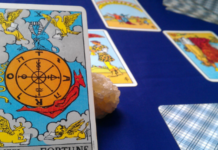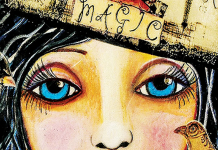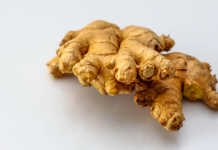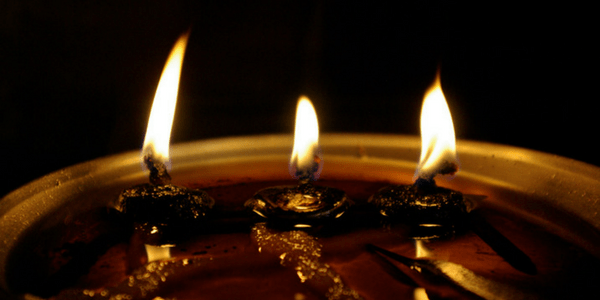 For some people, candles are just altar dressings, but for others, these mundane items are a powerful and regularly used tool for spell-work.
For some people, candles are just altar dressings, but for others, these mundane items are a powerful and regularly used tool for spell-work.
Hoodoo candle magick is just one type of candle magick among many, but it’s an often misunderstood practice, and if you’ve you’ve ever stepped foot in a spiritual supply store, there’s a good chance that you’ve come across Hoodoo candle magick products. Even then, you still might have the wrong impression. In essence, it’s a form of spell work that allows you to use plain old candles (and a few trimmings) to make things happen.
Many different practices use candle magick but they don’t all use them in the same manner. Some of the earliest types of spells people are exposed to when they begin walking the path are the type that use candles. This is likely because the supplies are easy to get; you can buy candles from the dollar store in a variety of colours. The ease of the access combined with the primal nature of fire makes it very attractive, especially to beginners.
What is Hoodoo?
Before we begin to get into the workings of candle magick, it’s important to understand what Hoodoo is and isn’t. First and foremost, Hoodoo isn’t Vodou, or as some will haphazardly spell, “voodoo.” It’s not really a religion so much as it is a practice that’s based in African traditions, and also known as “rootwork” or “conjure.” It was brought to the Americas by slaves and practiced, most primarily, as a source of protection.
Its main focuses are really on blessing, protecting, and getting rid of negative energy.1 This article focuses on the use of candle magick in Hoodoo, but the practice employs many rituals to effect change, protect, and reveal the unknown.
The use of herbs and oils plays a vital role in Hoodoo candle magick, and writing one’s intentions, either with words or pictures is also paramount in the practice. At its core, it is a very hands on, practical magick system.
People from all different backgrounds practice Hoodoo. Since it is not in and off itself a religion, it can be attached to just about any other belief system. In the United States, it is often seen alongside Christian scripture which leads some to mistakenly believe that it is “Christian witchcraft.” Many written spells do use parts of the Bible, however, this isn’t mandatory. Although you may find some Hoodoo candles that use saints and crosses, Hoodoo has no religious affiliation.
Although anyone can study the practice of Hoodoo, it’s important to remember that its roots are based in African American culture and you to be respectful of that if you wish work with this practice. What this means is that one shouldn’t ignore that distance it from it’s roots by simply saying it’s just “American” for example.
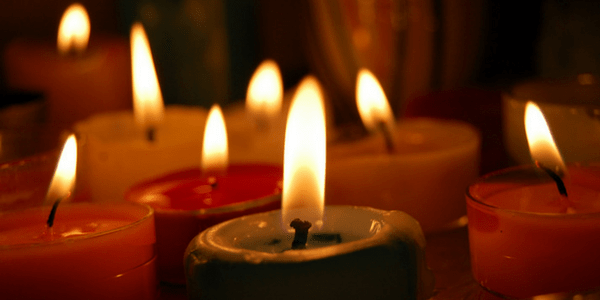
Some notes on candle magick
Candle magick is practiced by a wide variety of people from all over the magical spectrum. In general, no one group has the copyright on this type of ritual. Candle magick can be used for all types of spells: protection, money, hexing, divination, really the list goes on and on. If you want to accomplish something with magick, there is a candle spell that can help you. That being said, how candles are used in magick can vary drastically across different belief systems and magical approaches.
For example, some practices just call for you to prep a prayer space, light a certain colour candle on a certain day and meditate as it burns down.2 Some just call for lighting a certain type of candle on an altar and petitioning the gods for help.
Other systems are more complex. In Raymond Buckland’s Practical Candleburning Rituals,3 the rituals are much more involved (which is par for this course in his brand of ceremonial Wiccan practice) calling for multiple candles in multiple colours per spell. These candles are to be set up a certain way, certain incantations are to be said at their lighting, which must be done in a certain order.
Hoodoo magick is somewhere between these two. Although there isn’t as much ceremony, you also just shouldn’t light a candle, walk away and expect something to happen.
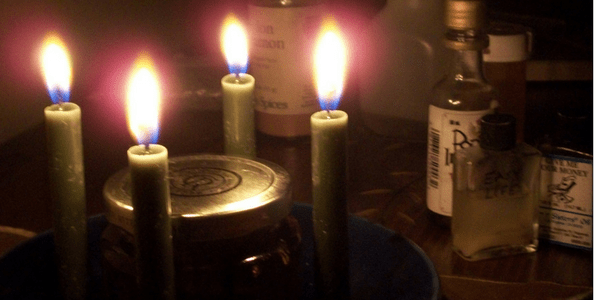
Working Hoodoo candle magick
Hoodoo uses all types of candles for spell-work, but the most common type are the tall, glass-jarred votive candles. They’re popular because they come in a wide variety of colours, but they are also really easy to clean up after since the wax is encased in glass.
They also sell these types of candles pre-charged with spell-work for various issues. They come in varieties that include uncrossing or “reversing” candles if you think someone has done work on you, money drawing, which is pretty self explanatory, and “bend over” candles for those times when you need someone to do what you say. Images of figures like High John and other icons will be screened or adhered to the glass, adding meaning and attracting certain energies and spirits.
Candles moulded into different shapes are also utilized for different spells. For example, for a happy marriage spell, you may opt to burn a pink candle shaped like a couple. To break a couple up you might burn the same one in black.
Colour is used heavily to signify intention. Green, for example, is used for money, yellow for good luck, pink for love. Certain candle colours are recommended for certain spell-work to help further strengthen and focus the energy. For example, uncrossing candles will often be two toned for “double action” — to absolve the negative situation and release the appropriate energy to fix it.4
Candles are also dressed or anointed with oils after being inscribed, if they are freestanding. For candles that have not been poured into glass, symbols or words are often etched into them that mirror the intention of the spells. Oil blends that contain different herbs and roots to energize the work are rubbed on the candles before they are finally lit.
Oil blends can be purchased or they can be made at home. Using a base oil, you can blend and mix your own. Depending on what your use will be, what you add to the oils will vary drastically but there are health concerns as certain ingredients are to be avoided if you have medical conditions.5 The act of dressing the candle is one that allows you to more concretely focus your intentions on your candle. It forms a connection to the object by physical touch and care, which will make your petition stronger. Where you choose to light your candles is up to you. Some shops that sell magick candles will even light them for you, in their shop.
If that all seems like it’s very complex, don’t worry about it because the fact of the matter is, you can do Hoodoo spell-work with only plain white candles and cooking oil from your kitchen. The thing about the Hoodoo practice is that it evolved from where people had very little and had to make do with what they had available. African slaves and their descendants didn’t have access to many things, it wasn’t as if they could run to the corner store for a specific colour candle or the botanica for a needed herb or root. There were restricted to the tools they had available or could procure without further endangering themselves.
Essentially, that is the biggest difference between Hoodoo candle magick and other practices. In other practices we see a call for the “right” colour, the specific placement, on the right day. With Hoodoo there are those suggestions but if all you have is white emergency candles and olive oil when you really need a few extra dollars this month, well scratch some dollar signs in those candles, rub them down and light them up!
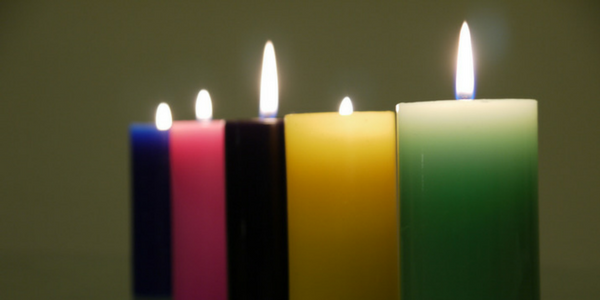
Like attracts like, right?
This isn’t to say that you can’t make mistakes when working with Hoodoo, you most certainly can and it is not a practice to be undertaken without some study. In particular, there are many things that you need to understand about sympathetic magick before you start working with this type of magick.
Sympathetic magick is simply the concept that by using representations in magick, we can affect the things they are made to represent.6 The popular visual of that is probably the “voodoo doll” or poppets but we use this same system in many Hoodoo spells. An example would be the use of a female figure candle in a fertility spell. The candle stands in as a figure for whom the magick was meant to effect.
Many people are attracted to this type of magick because of its ease, not realizing that even though it can be very simple, the power it has is not to be toyed with. Hoodoo candle magick is a way to focus intention, to name your desires and put energy into making them a reality. Sometimes, people access this power without realizing the effects it will have in the world around them.
Someone may light a “shut up” candle, in the hopes that it will make someone stop talking poorly about them but it may make that person stop talking to them all together which may not be what the caster wanted or needed. This is just a small example of how this magick can go awry if someone is not clear or careful with their intents but it can get much worse. When we ask for change and aren’t clear on the what or how, we could be opening ourselves up for hardships that we never imagined possible.
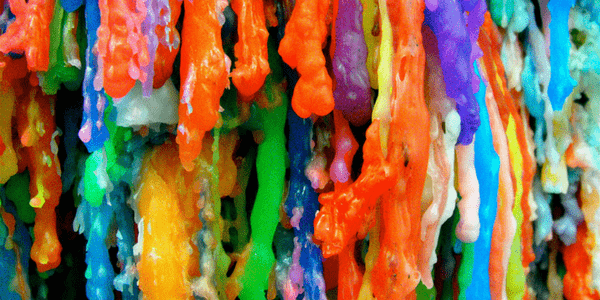
Your candle is talking to you
Divination is also an important part of Hoodoo candle work. It is both a standalone practice and part of any candle spells you may cast.
If you’re working with a candle magick (and have lit your own candle) then observing the candle will give you information about how your spell is going to go over. We can’t control what a flame does, how it melts the wax, how the smoke rises, etc. All of these things are the energy’s way of communicating with you. We can read the candle as it is burning for hints as to how the spell will go. If it is in a glass and it burns clean, this is a good sign! If the glass turns black from soot, this is a sign that your spell is unfavourable or that someone (or thing) is working against you.
Things like how high the flame is, whether it lit right away or took a few tries, or the way the wax melts all are signs — good or bad — for how the spell will go. Learning these small signs will help you understand the omens and messages that surround your spell-work. They don’t always mean something as clear as the spell will or won’t work. Sometimes they are indicating that the magick was take affect quickly or very slowly, for example.
Candles are also used for standalone divination, or ceromancy.7 You can ask questions directly and read how the candle burns and wax melts for an answer. You can also read the shape of a fully melted, stand alone candle for insight. Additionally you can pour melted wax into cool water and read the shape that it takes.
These forms of divination take some practice and skill. Although it’s fairly simple to produce, learning how to see shapes that can be very abstract can be difficult for some people.
Lighting your own candles
This is only a very brief primer on Hoodoo candle magick. It is a practice and as such it takes practice to master. You have to work it to really understand which oil blends work best, which candles give you the greatest results or which prayers or incantations suit your needs.
Even while you are working and learning, it’s important to understand that you can’t get all the information from books and articles. Hoodoo practice is a living practice and you have to work with people to fully understand it. If this article has piqued your curiosity, I encourage you to read up on some of things linked in the footnotes before you just buy a pre-made candle and set it aflame.
Image credits: Josep Ma. Rosell, Emma Jespersen, Talia Felix, Yortw, and Buffalo Bill
- Stephanie Rose Bird, Sticks, Stones, Roots & Bones, 1st ed. (St. Paul, Minn.: Llewellyn Publications, 2009). [↩]
- Kala Pajeon and Ketz Pajeon. The Candle Magick Workbook (Secaucus, N.J.: Carol Pub. Group, 1998). [↩]
- Raymond Buckland, Practical Candleburning Rituals, third edition (St Paul, MN: Llewellyn Worldwide, Ltd, 1996). [↩]
- Ande, “Double-action candles. WTF are they?,” Metaphysical Merchants. [↩]
- Denise Alvarado, The Voodoo Hoodoo Spellbook (San Francisco, CA: Weiser Books, 2001). [↩]
- Patti Wigington, “The History And Folklore Of Sympathetic Magic,” Thoughtco. [↩]
- Original Products Botanica, “Ceromancy: Divination Using Wax,” 2016. [↩]


